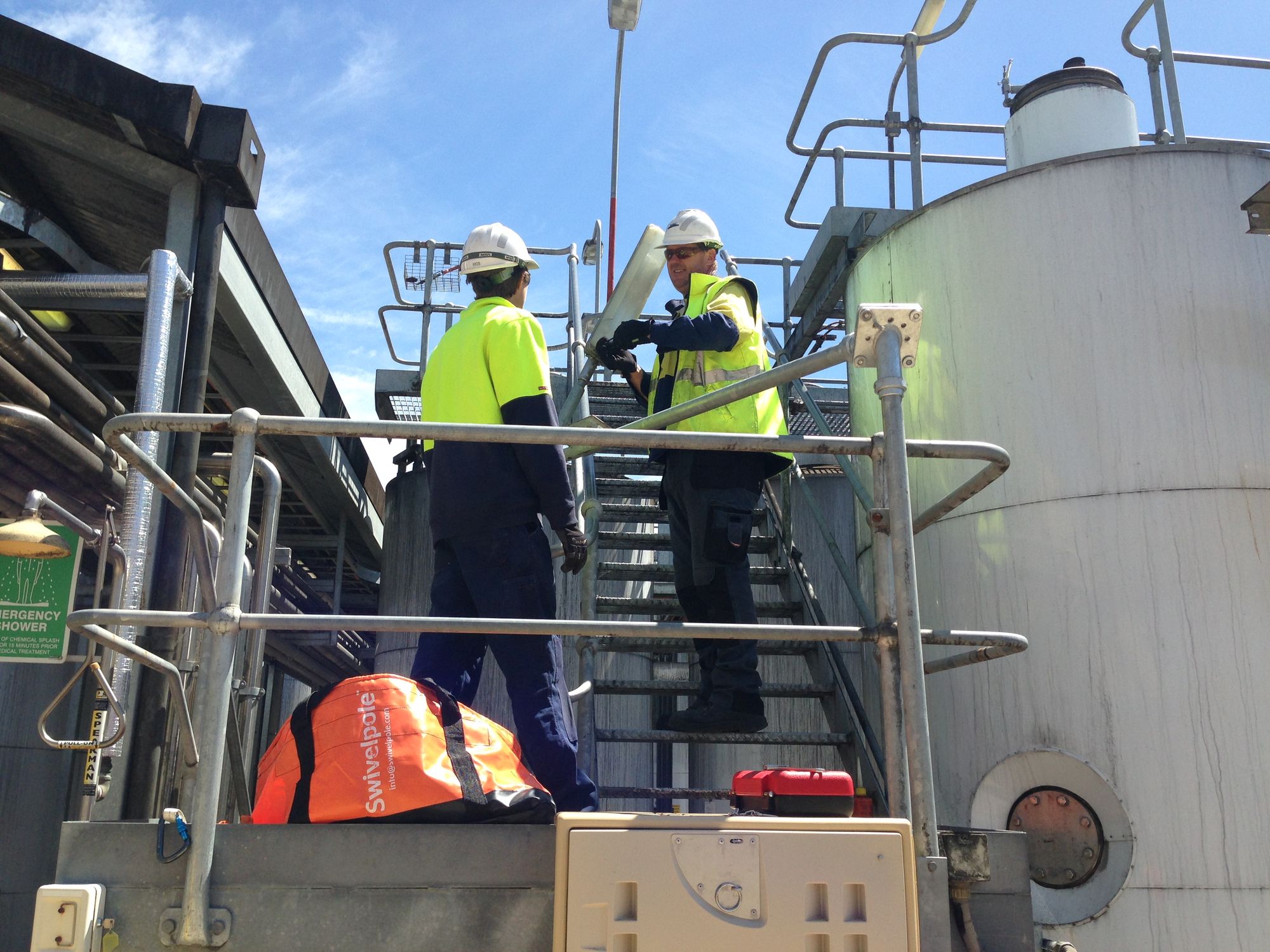There’s little doubt that the food and beverage industry is undergoing a period of unrivaled growth. With growth comes more staff, increased production and added pressure, resulting in an increased likelihood of accidents within facilities. Therefore, minimising lost time injuries (LTIs) should be a priority for businesses in the sector.
A brief overview of the industry
The global market for processed and packaged food and drink products is accelerating, with fast-developing countries becoming increasingly hungry for high-quality imported consumables like luxury wine. Overall, global revenue in the food and beverage sector amounts to more than $76 billion, with projected revenue to reach more than $105 billion by 2024, with a very healthy CAGR of 8.4%.
Alongside this global growth is an increased demand for products made by local or smaller independent companies such as micro-breweries or small wineries. For example, Australian-made beer accounts for eighty-five percent of beer sales in the country.
However, with rapid growth comes challenges, especially for smaller businesses. As demand and production increases, there is a greater need for management to put in place systems for managing safety and minimising LTIs. The need for improved safety is to meet regulatory requirements, save money that is lost due to injured staff, and most importantly, keep employees safe.
The cost of lost time injuries (LTIs)
It’s important to understand the two types of business losses that occur due to LTIs:
Direct losses
These are the obvious financial losses due to claims made through workers’ compensation insurance or disability insurance. There are also reputational losses, i.e. if there are too many LTIs the business will lose its reputation as a safe place to work.
Indirect losses
These losses are difficult to quantify but can be as significant as direct losses, if not more so. For example, the median time lost per employee LTI is around 13 days in the construction industry. There is also the lost time and productivity of other employees that stop to help the injured worker, or support efforts in their absence. An investigation is often needed, which takes time and costs money. Machinery may also be out of operation while the accident is investigated, and for more serious injuries, there will be legal fees to factor in as well as lost management time.
Losses can mount up quite quickly for each LTI. Therefore, prevention is the best cure. Research by the UK Health and Safety Executive (HSE) shows that 70% of LTI incidents can be prevented by management intervention, and a further 10% by worker action in the food and beverage industry.
Additional challenges facing the food and beverage industry at the present time are the restrictions being placed on the number of people allowed on a job site. For instance, a reduced number of electricians means that it may be difficult or impossible to maintain or install new electrical equipment at height. A solution for this could be a pre-wired fixture and pole assembly that can be installed quickly on-site by fewer workers.
With most food and drink manufacturers working with tight profit margins, there is pressure to reduce OPEX costs. Therefore it makes good business sense to increase safety and explore ways to prevent LTIs.
How to minimise lost time injuries
Working at height is one of the major causes of lost time injuries. When LTIs do arise due to working at height, they tend to be more serious than other LTIs, such as those caused by manual handling, with more severe injuries and longer recovery times.
For that reason, it’s important to provide workers with equipment and technology that will help to minimise or prevent accidents altogether.
Swivelpole™ offers a range of products that can help to prevent working-at-height incidents.
The Swivelpole’s Maxis™ lowering pole solution is an ideal way to improve access to pole mounted equipment and devices such as lighting, sensor equipment, networking devices, CCTV, sirens and alarms, and other specialist equipment.
Swivelpole’s Maxis™ is innovatively designed to make use of a joint that can be rotated to allow the pole to be lowered to an ergonomic working height. It eliminates the need for ladders, scaffolding or any other kind of staging, thereby removing the risk of injury from falling.
Swivelpole’s Maxis™ lowering pole solutions are available in a variety of heights, with various weight-bearing capabilities with freestanding, wall or column mounted, or stanchion and structure mounted options available.
Another useful feature of the Swivelpole’s Maxis™ joint is that existing poles of up to 3m (ten feet) can be quickly converted to lowering poles. This means you can begin minimising LTIs in a short space of time.
To find out more about minimising lost time injuries by applying Swivelpole’s Maxis™ lowering pole solutions, get in touch today.
